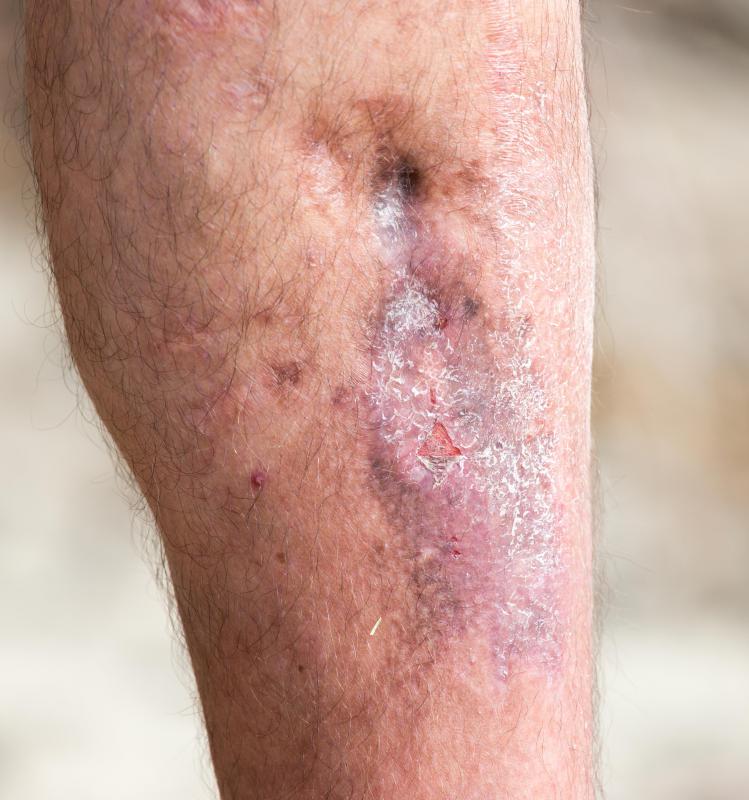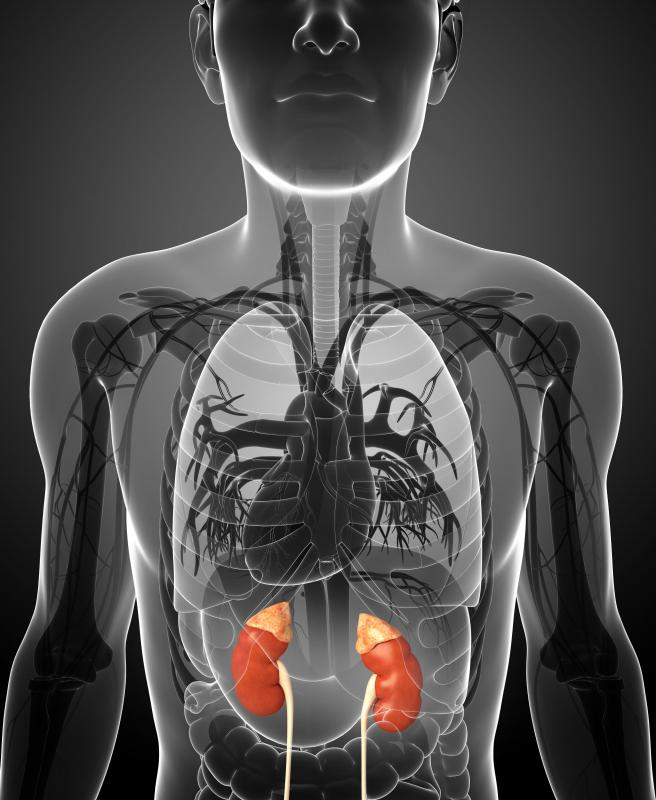At TheHealthBoard, we're committed to delivering accurate, trustworthy information. Our expert-authored content is rigorously fact-checked and sourced from credible authorities. Discover how we uphold the highest standards in providing you with reliable knowledge.
What Is Physiological Homeostasis?
Physiological homeostasis is a state of internal stability achieved through specific mechanisms and physiological cycles in a living system. Claude Bernard, a French scientist, was among the first to articulate and express the importance of physiological homeostasis in the 1860s. He hypothesized that a living organism does not just exist and owe its survival to the outside environment alone, but to an internal atmosphere that is sustained through the circulation of elements working cooperatively as a whole. The function of the liver, kidneys, and the brain are among the most important elements in human physiological homeostasis. When a healthy state is not maintained, the body can suffer and sometimes succumb to diseases like diabetes and gout because of homeostatic imbalance.
Thermoregulation, which is profoundly important for human survival, is a prime example of the mechanism of physiological homeostasis. The majority of body heat is generated in the body’s deep organs, most prolifically by the liver. If the body begins to heat up or cool down rapidly, its homeostatic mechanism kicks in. The first step in thermoregulation is conducted by the skin as it vasodialates and sweats if the body begins to gain heat, like during exercise, and forces the erection of body hairs when the body loses heat in order to form a layer of insulation. The circulatory system also participates in thermoregulation by constricting the capillaries close to the skin in cold conditions in order to minimize heat loss, and in turn, dilating the capillaries in hot conditions in order to maximize the diffusion of excess heat.

The composition of blood must achieve a state of physiological homeostasis in order for the human system to remain healthy as well. Two hormones, glucagon and insulin, both released from the pancreas, help to regulate the level of blood sugars. After a meal, when blood sugar begins to rise dramatically, insulin is released in order to reduce sugar levels. Conversely, when the body’s blood sugar begins to dip, glucagon is released to raise blood sugar levels between meals. Homeostatic imbalance is seen in the form of diabetes if the pancreas cannot produce or release adequate amounts of either hormone. Levels of blood solutes are also regulated by the kidneys as they filter the blood and determine the rates of reabsorption of solutes like glucose, amino acids, and electrolytes.

Another condition of physiological homeostasis is the regulation of the body’s concentration of hydrogen ions (pH). The kidneys monitor the pH level in the blood plasma as it is filtered through the renal system. Feedback from the kidney triggers the release of pH buffering agents, like bicarbonate and ammonia, to ensure the level stays between 7.35 to 7.45 on the pH scale.
AS FEATURED ON:
AS FEATURED ON:

















Discuss this Article
Post your comments